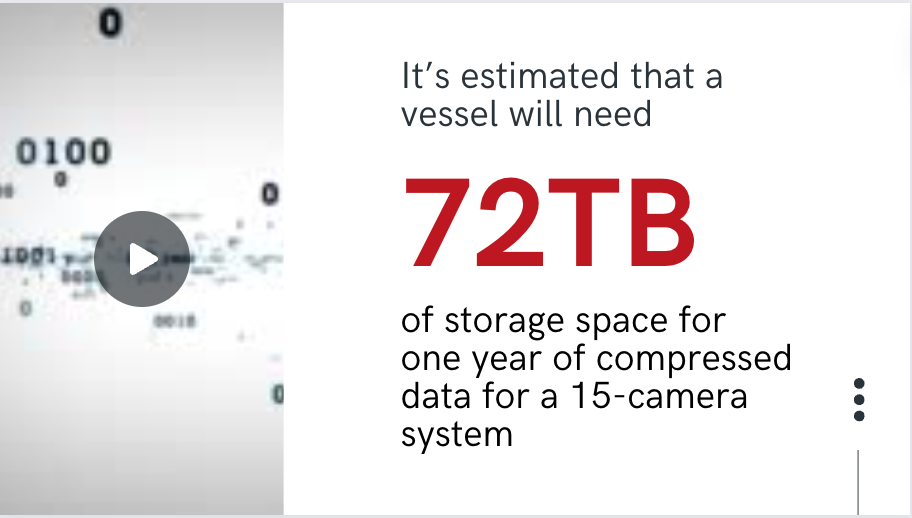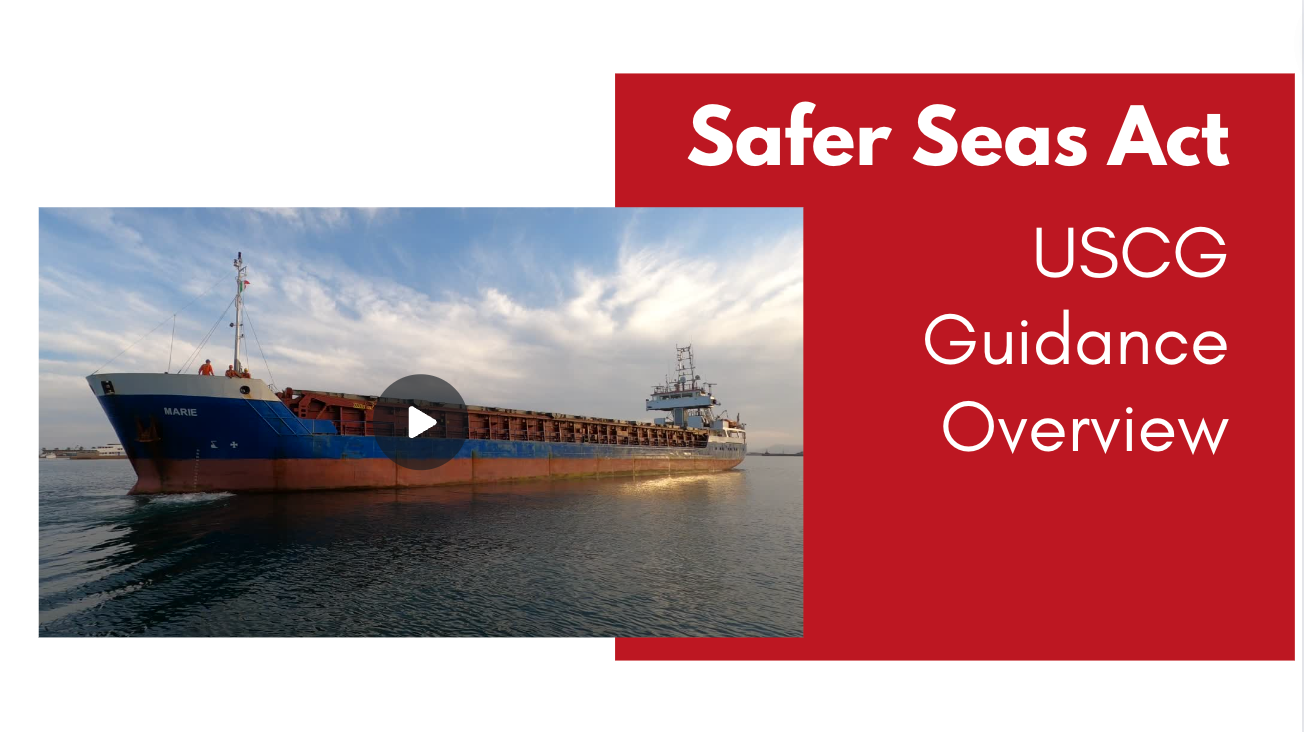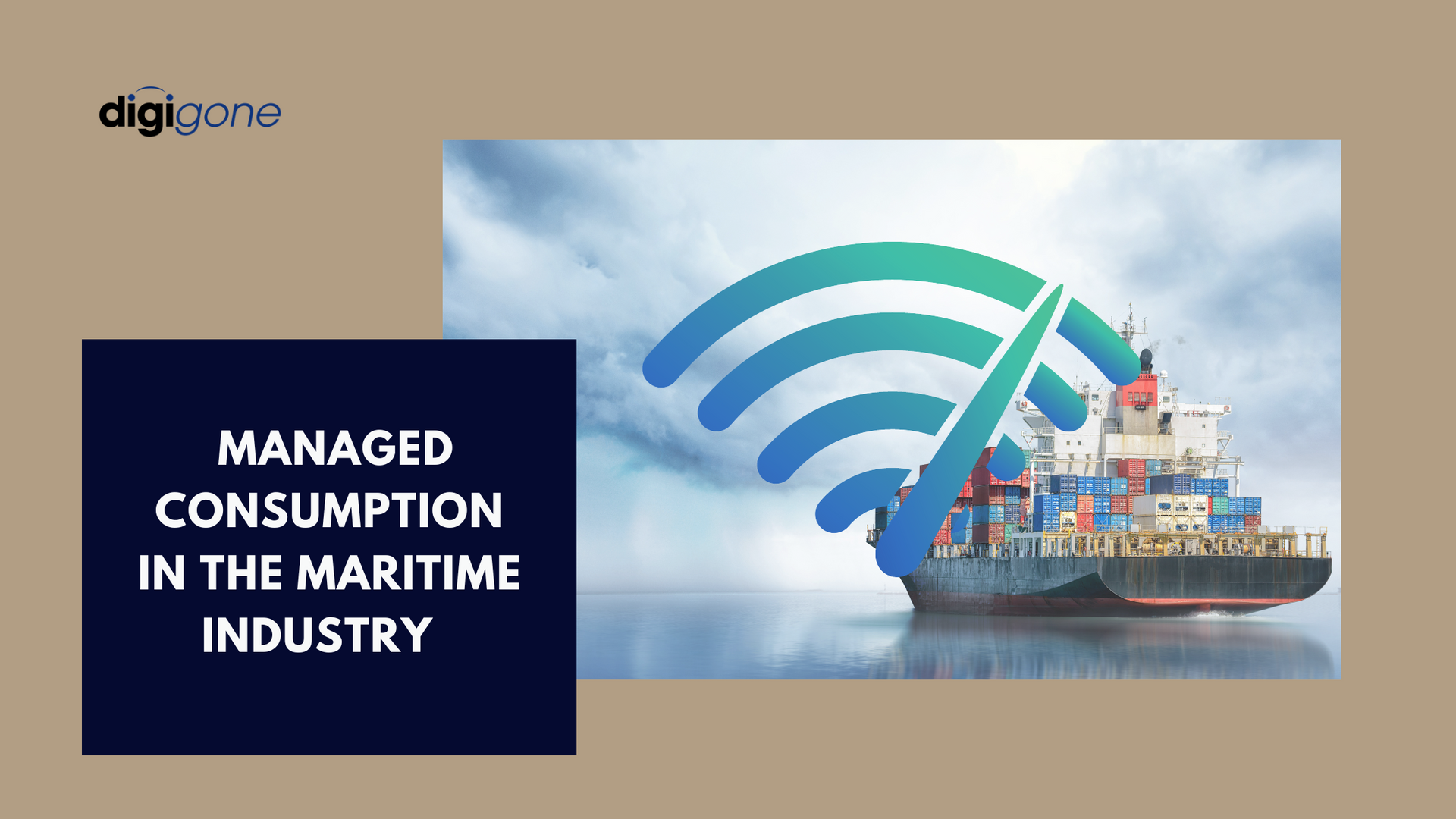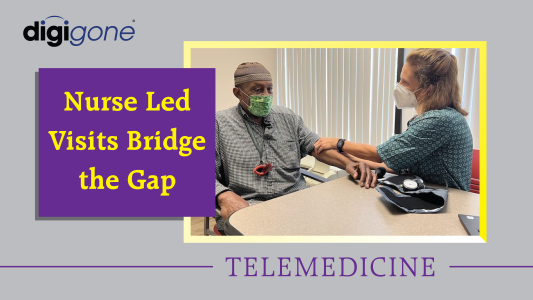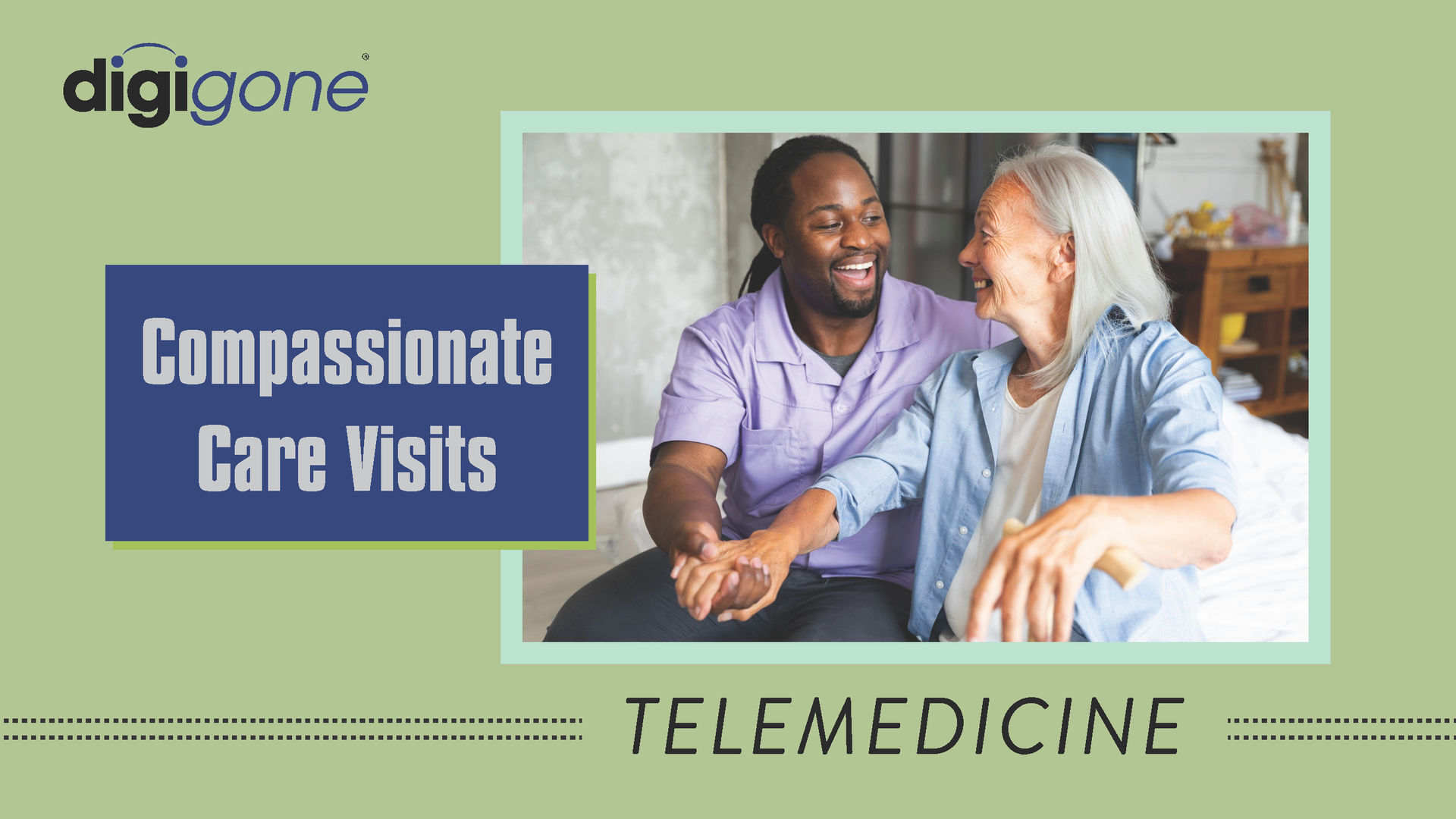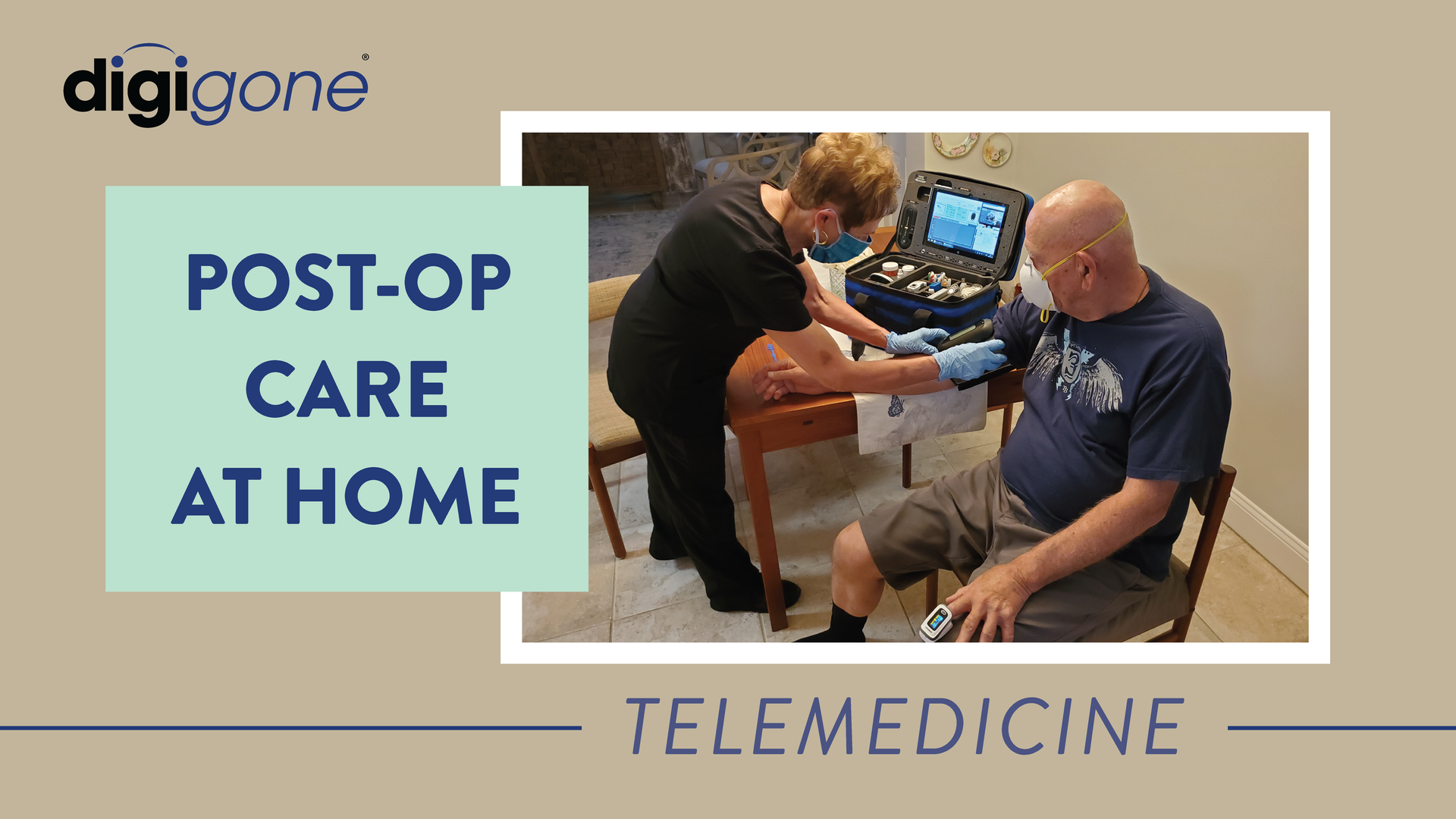Telemedicine and Hurricane Preparedness During a Pandemic
DigiGone • June 4, 2020
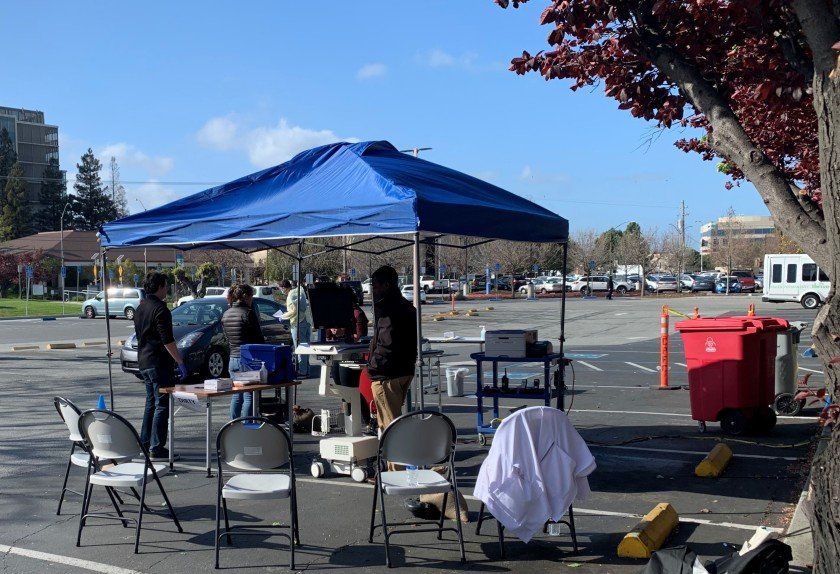
Telemedicine kits
serve as crucial and life-saving links during turbulent and unpredictable times
With hurricane season officially underway in the Atlantic Basin, disaster preparedness is top of mind for many healthcare providers. And with extreme weather patterns on the rise, communities around the world are facing unpredictable natural disasters all too often.
In many cases, after these weather events communities are cut off from medical care just when they need it the most. Downed trees, washed out roads, floods and a myriad of other hazards make getting to a hospital dangerous or impossible.
To complicate matters even further, the world is dealing with the COVID-19 pandemic; typically if a large storm is predicted to hit an area, a community shelter will be established for those who need to evacuate. Will that even be an option in 2020?
Further, in the days and weeks following a major storm, medical facilities typically see an uptick in visits. How will they enforce social distancing guidelines during those busy times?
Shelters with Enhanced Screening and Logistics
The first issue many communities will have to tackle is establishing shelters that adhere to health protocols in some manner.
“If evacuation occurs, emergency managers may need to get creative,” wrote the authors of a Rand Corporation report
on this very issue. There will need to be enhanced screening at facilities and elderly or at-risk individuals may need to be kept apart from others. Hotels might need to play a role along with larger evacuation centers.
“There's a much higher possibility that supplemental facilities, such as military shelters and hospitals, may be needed,” meaning that traditional forms of care and shelter will be stretched thin.
Sounds overwhelming, right? Well, there are several ways to prepare in advance using telemedicine kits. Below we’ve outlined specific solutions on how you can provide remote health care -- and a sense of calm -- during times of chaos.
WIFI and Power Anywhere
In terms of delivering healthcare to a population of people, the two most critical assets to secure after a disaster are power and internet connectivity. Establishing a reliable source for both of these will make the difference in being able to truly help people.
Telemedicine kits can easily be outfitted with portable solar panel kits to store energy ensuring a sufficient charge at all times. Assuming the telemedicine kit is fully charged before being deployed, a solar panel kit has the capacity to store power throughout the day so the telemedicine kit can stay on 24/7.
As well, telemedicine kits can be outfitted with a small, inexpensive satellite terminal that easily attaches to the kit to provide connectivity in remote areas or where cell towers have been damaged.
Finally, some telemedicine kits are provider agnostic. Meaning any physician can simply access the kit using their existing network without any special equipment. This significantly increases the availability of medical expertise to the stricken area.
Establishing Mobile Units
Mobile or ambulatory units are a very effective method for delivering care, especially during a pandemic, when it’s best to deter patients with minor injuries or illnesses from traveling to a hospital. These ambulatory units can easily be deployed to isolated areas or to answer calls where patients can’t/shouldn’t travel.
These units don’t necessarily have to be ambulances. Vans or buses can essentially be transformed into roving clinics. Telemedicine kits
equipped with electrocardiogram, pulse oximeter, otoscopes, stethoscopes, high-definition cameras and portable ultrasound devices that connect to the hotspot on an iPhone can provide care instantly.
Further, these mobile units are specifically designed to connect those within the medical community, allowing for better coordination of care. For example, a primary care physician can contact a specialist, from anywhere, for a second opinion or formal diagnosis wherever needed.
By taking care to patients, these types of units can stay in the field helping others and lessening the burden on hospitals. Additionally, they help keep people socially distanced (further lessening the burden on a medical facility by preventing a pandemic outbreak in a community.)
Establishing Virtual Walk-In Clinics
If a mobile ambulatory clinic isn’t feasible, walk-in clinics in remote areas are also highly effective. In this case, patients come to a certain area where they can be examined by a team of doctors who are using telemedicine kits the same way they would use equipment in their offices.
A myriad of ailments can be treated in these scenarios. In Africa, doctors use portable ultrasound devices to examine lungs for infections (an indicator of COVID-19) and to provide prenatal care to pregnant women. Telemedicine kits have the ability to easily integrate a variety of examination cameras and devices depending on the specific needs of an area.
And, just like with the mobile clinics, doctors can use secure lines to connect directly to specialists for a second opinion. If a transport to a hospital is needed, that can be arranged, but once again, one of the goals of providing care through a telemedicine kit is to slow the flow to large medical facilities.
Communications & Medical Staging Area
Another benefit of telemedicine is the ability to establish a medical staging area anywhere there is a need. Using secured lines and WiFi connected to satellite, a doctor or group of doctors can create a central hub to coordinate logistics and care. As groups or mobile units are deployed throughout an area, they can refer back to the doctor(s) at the central staging area for consultations and diagnosis.
Paramedics, firefighters, nurses or physicians in the field can use real-time video conferencing tools in a telemedicine kit to confer and collect basic diagnostic information.
Many of those medical tools can be remotely controlled from another location and the screens can be shared. This allows the doctors and specialists at the central staging area to essentially be in multiple places at once and triage who needs to go to the hospital and who can be treated on-site.
Further, as the central hub, medical professionals can keep tabs on what major issues a community is dealing with in order to coordinate further care or treatment.
The Calm After the Storm
The presence of coordinated medical care in a chaotic situation provides a sense of calm. Parents with children, those caring for the elder or disabled look to doctors for reassurance during and after a time of uncertainty.
With a pandemic, all of these fears and anxieties are heightened. People are scared to go to a hospital. Being able to take care of patients -- through mobile units, remote clinics or medical staging areas -- is not only safer for everyone, but valiant.

Telemedicine kits are becoming indispensable tools for home healthcare providers, particularly during transition care medical examinations (TCMs). While the initial TCM is conducted by a physician who generates revenue from the service, the telemedicine kit significantly benefits home healthcare providers by expediting patient registration for their care services. With a nurse or medical assistant deploying the kit, patients can be quickly evaluated and connected with a physician, ensuring all necessary documentation and approvals are completed more efficiently. This faster onboarding process allows home healthcare providers to register more patients in less time, helping them deliver care sooner and grow their services efficiently. The ability to “bring the doctor” to the patient through a telemedicine kit is invaluable in initiating care seamlessly. Once patients are on board, home healthcare providers can continue leveraging telemedicine technology to improve how they deliver services. The kits enable nurses and medical assistants to perform follow-up visits, diagnostics, and real-time consultations without requiring patients to leave their homes. This capability allows providers to optimize their schedules and visit more patients daily, all while maintaining a high standard of care. The efficiency gained means better coverage, smarter use of resources, and happier patients. Beyond efficiency, telemedicine kits help providers build stronger connections with their patients by making care more accessible and personalized. Providers can quickly respond to emerging health concerns, adjust care plans, and ensure ongoing monitoring—all from the patient’s home. This not only leads to better patient outcomes but also boosts the provider’s reputation for being reliable and innovative. By facilitating the registration of more patients and enhancing care once they are onboarded, telemedicine kits are powerful tools that enable home healthcare providers to expand their reach, improve operational efficiency, and thrive in an increasingly competitive market. In a rapidly evolving healthcare landscape, telemedicine kits are revolutionizing how home healthcare providers deliver care, enabling faster patient onboarding, enhanced service delivery, and stronger connections with patients. By integrating this indispensable technology, providers can streamline operations, improve patient outcomes, and position themselves as leaders in care innovation. Don’t miss the opportunity to elevate your home healthcare services. Explore how telemedicine kits can help you expand your reach, optimize your resources, and deliver exceptional care. Contact us today to learn more and take the next step toward transforming your care delivery model.
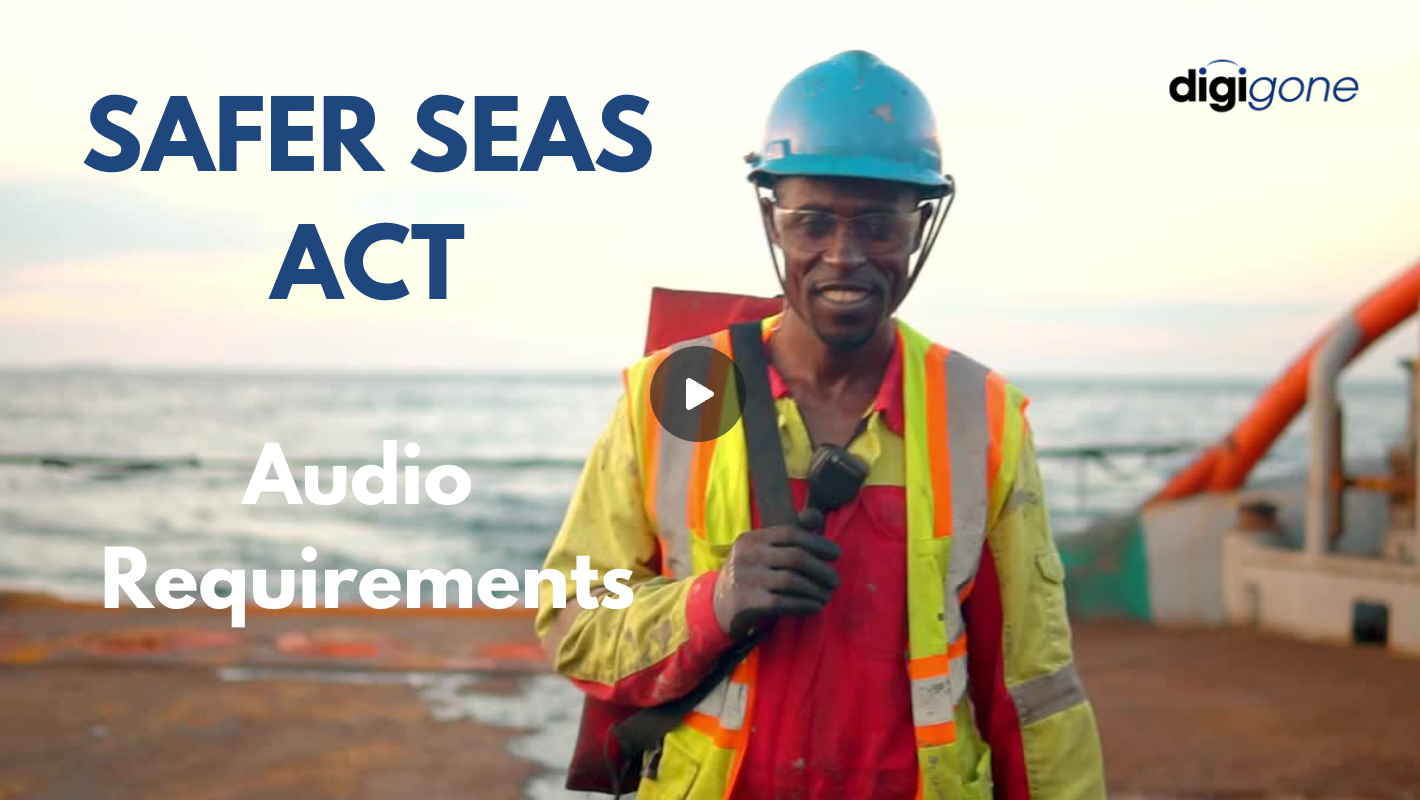
With the new Safer Seas Act, vessel companies must comply with many new regulations by the end of the year. One of those requirements includes audio equipment placed outside of hallways leading to staterooms, which DigiGone can help with. And while this may seem burdensome, these new rules will be good for vessel companies in the long run.



